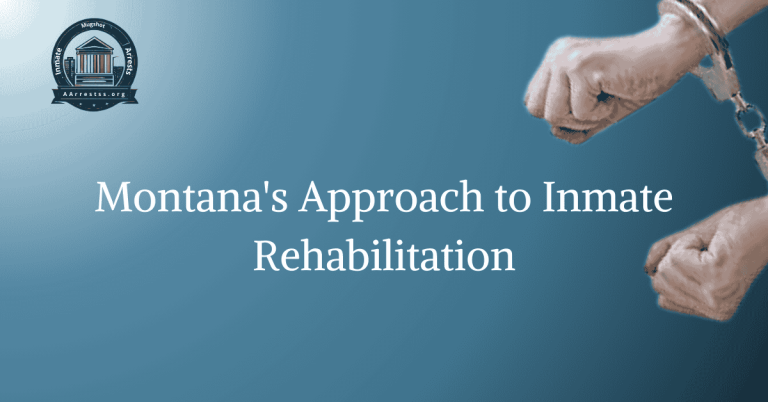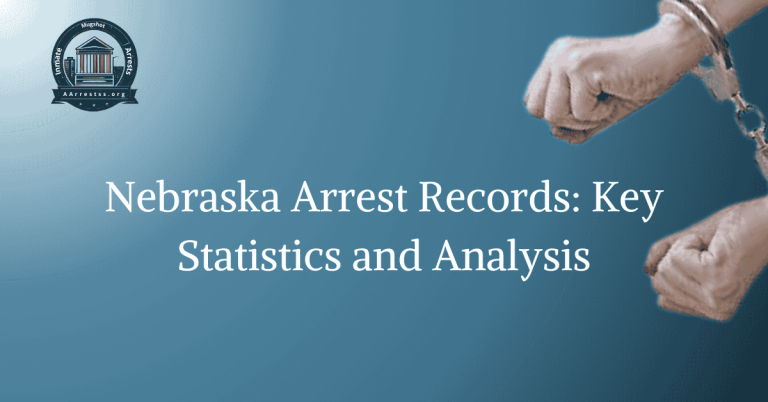Understanding South Carolina’s Inmate Classification
South Carolina’s inmate classification system plays a crucial role in managing the state’s prison population. This system helps determine the appropriate level of security and supervision for each inmate, based on factors such as their criminal history, behavior, and risk of escape. By accurately classifying inmates, the state can ensure the safety of both staff and other inmates, while also providing opportunities for rehabilitation and successful reintegration into society.
The inmate classification process begins with a thorough assessment of each individual upon their arrival at a correctional facility. This assessment takes into consideration various factors, including the nature and severity of their offense, their prior criminal history, and any known gang affiliations. Additionally, inmates are evaluated for mental health issues, substance abuse problems, and any special needs they may have. This comprehensive assessment helps determine the appropriate level of security and supervision needed for each inmate.
Classification Factors
The first paragraph discusses the importance of South Carolina’s inmate classification system in managing the state’s prison population. This paragraph explains that the system helps determine the appropriate level of security and supervision for each inmate based on factors such as their criminal history, behavior, and risk of escape.
Assessment Process
The second paragraph explains that the inmate classification process begins with a thorough assessment of each individual upon their arrival at a correctional facility. This assessment takes into consideration various factors, including the nature and severity of their offense, their prior criminal history, and any known gang affiliations.
Mental Health and Substance Abuse Evaluation
The third paragraph discusses how inmates are also evaluated for mental health issues and substance abuse problems. This evaluation helps determine if the individual requires any specialized treatment or support during their incarceration.
Identification of Special Needs
The fourth paragraph explains that the assessment process also includes identifying any special needs that the inmate may have. This could include medical conditions, disabilities, or other factors that require additional accommodations or support.
Determining Security and Supervision
The fifth paragraph highlights that the comprehensive assessment helps determine the appropriate level of security and supervision needed for each inmate. This ensures that the safety of both staff and other inmates is maintained while also allowing for opportunities for rehabilitation and successful reintegration into society.
FAQs
What is inmate classification?
Inmate classification is a system used in South Carolina to assess and categorize inmates based on various factors such as their offense, behavior, and potential risk to the community.
How does the inmate classification process work?
The inmate classification process involves evaluating an inmate’s criminal history, behavior in prison, educational and vocational achievements, and other relevant factors. This information is used to determine the appropriate level of custody, housing, and program assignments for each inmate.
What are the different levels of inmate classification?
South Carolina’s inmate classification system typically includes several levels, such as minimum security, medium security, maximum security, and special management units. Each level has specific criteria and security measures in place to ensure the safety and well-being of both inmates and staff.
Why is inmate classification important?
Inmate classification is important for maintaining a safe and secure prison environment. By properly assessing and categorizing inmates, corrections officials can make informed decisions about housing, programs, and supervision, which can help reduce the risk of violence, escape, and other security threats.
Can inmate classification change over time?
Yes, inmate classification can change over time based on an inmate’s behavior, participation in programs, and progress towards rehabilitation. In some cases, inmates may be eligible for reclassification to a lower security level if they demonstrate positive changes and a reduced risk to the community.
Is inmate classification the same in all prisons?
While the basic principles of inmate classification are similar across prisons, specific classification systems and criteria may vary between facilities. Each state and correctional institution may have its own guidelines and procedures for inmate classification.








